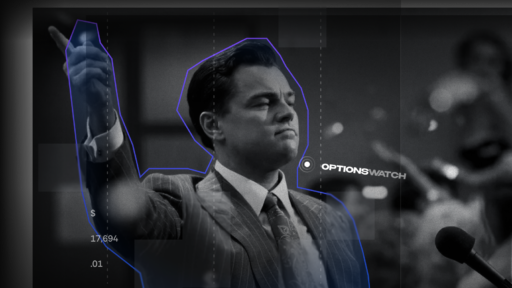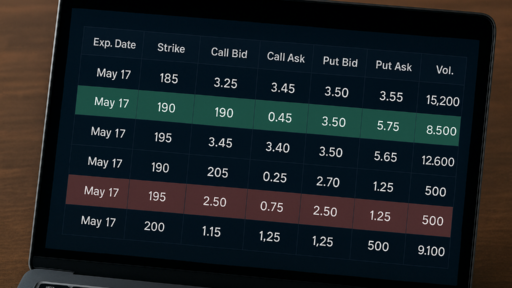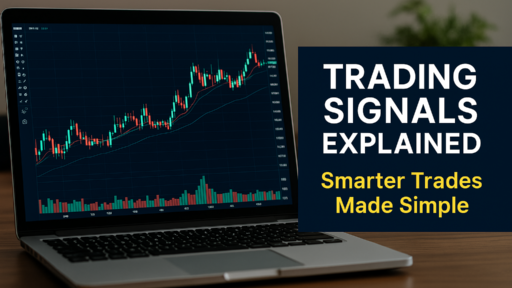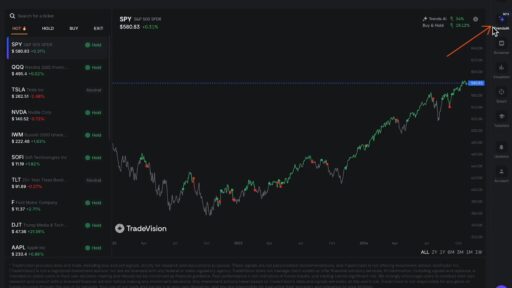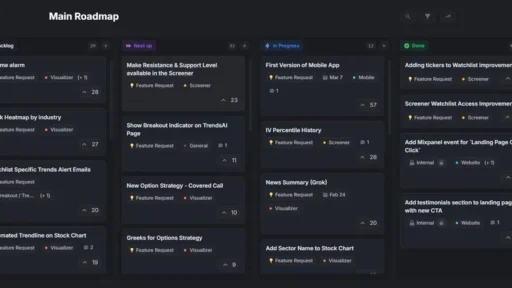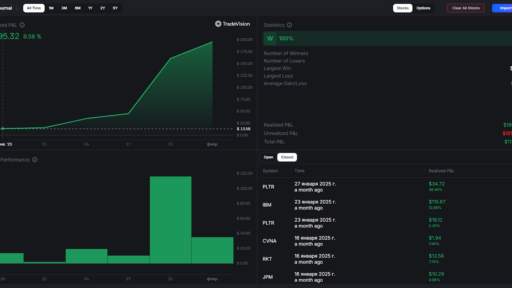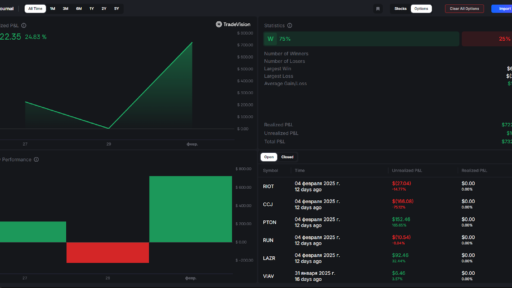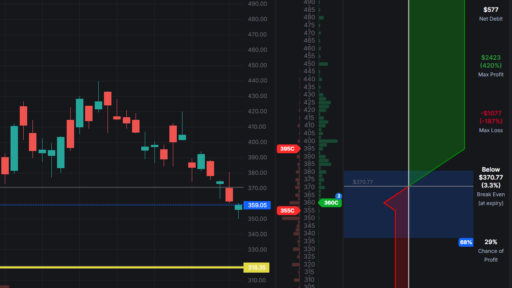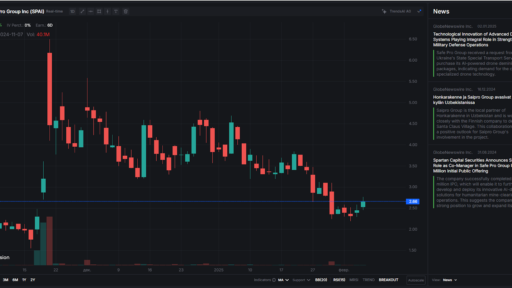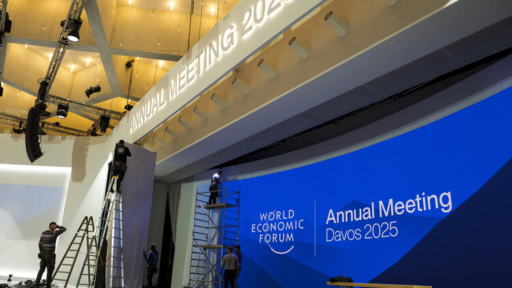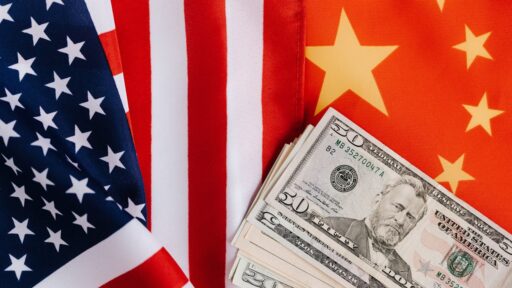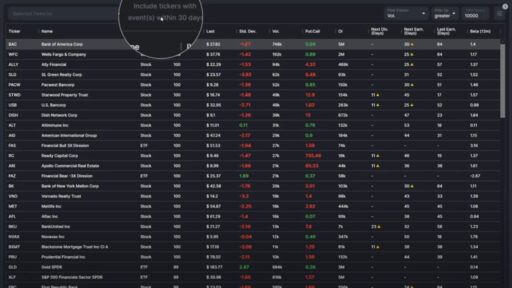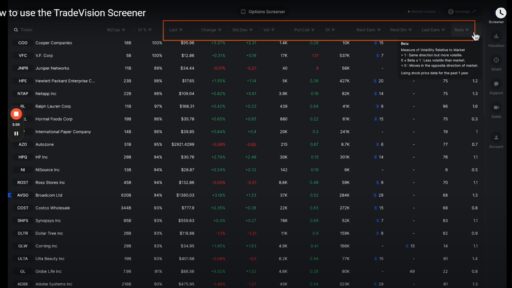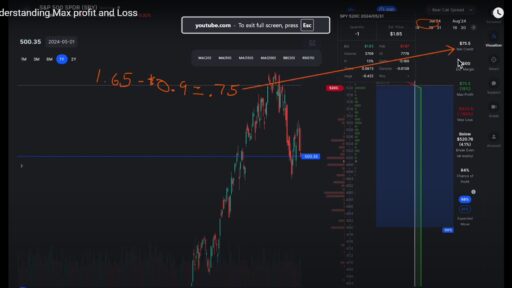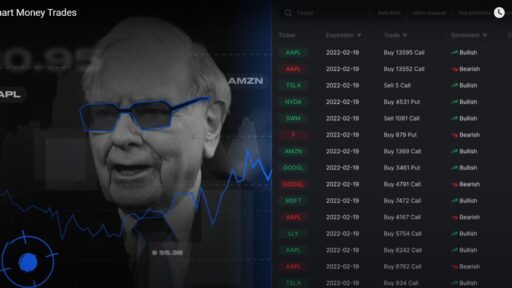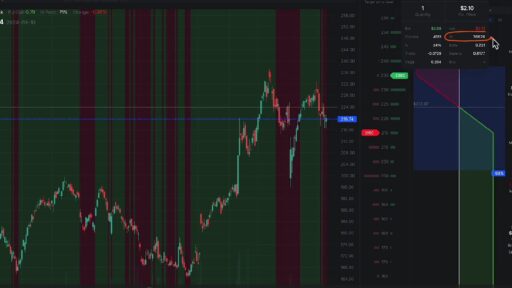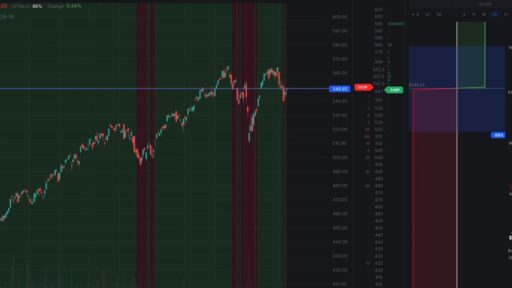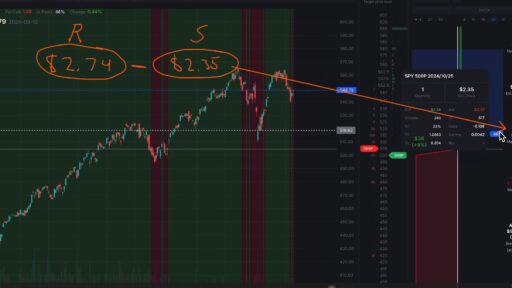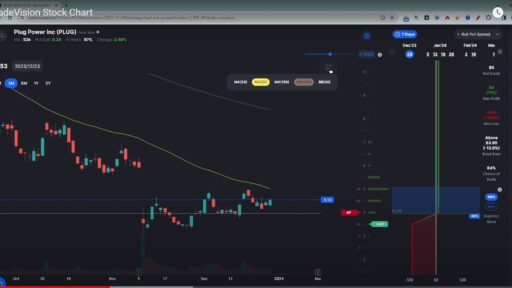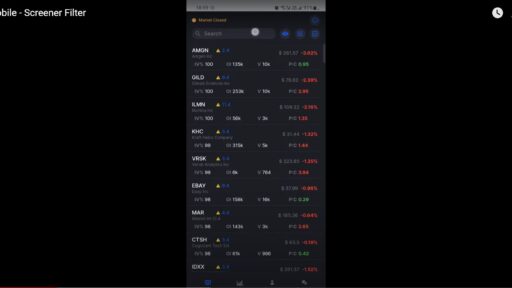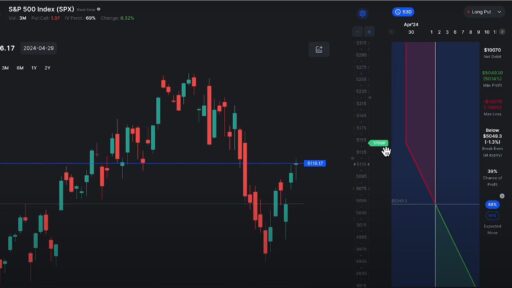U.S. President Donald Trump is set to sign an executive order on Saturday imposing steep new tariffs: 25% on imports from Mexico and Canada and 10% on goods from China. This aggressive move risks igniting a trade war that could disrupt over $2.1 trillion in annual trade.
Trump Stands Firm on Tariffs Despite Economic Warnings
Working from his Mar-a-Lago estate in Florida, Trump dismissed concerns from the United States’ three largest trading partners, stating on Friday that there was little they could do to stop the tariffs.
Just 12 days into his second term, Trump is shaking up global trade norms and intensifying tensions with major U.S. allies. While acknowledging potential economic disruptions, he remains steadfast in his approach.
A model by EY Chief Economist Greg Daco predicts that Trump’s tariff plan could reduce U.S. growth by 1.5 percentage points in 2024, push Canada and Mexico into recession, and usher in “stagflation”—a mix of stagnation and inflation—in the U.S.
“We have stressed that steep tariff increases against U.S. trading partners could create a stagflationary shock, while also triggering financial market volatility,” Daco warned.
Market Volatility and Economic Fallout
Financial markets reacted sharply on Friday:
- The Mexican peso and Canadian dollar fell after Trump reaffirmed his stance.
- U.S. stock prices declined, and Treasury bond yields rose.
- Oil prices surged as Trump hinted at wider tariffs on oil and natural gas set for mid-February.
Imports of crude oil from Canada, valued at nearly $100 billion in 2023, account for roughly a quarter of total U.S. imports from Canada, according to the U.S. Census Bureau.
Higher Costs for Consumers and Businesses
Trump acknowledged that increased tariffs may lead to higher prices for American consumers. Key sectors expected to bear the brunt include:
- Automakers: Vehicles and parts assembled in Canada and Mexico will become more expensive due to cross-border supply chain dependencies.
- Consumer goods: Everything from avocados to air conditioners to electronics could see price hikes.
- Industrial materials: Trump is also considering tariffs on European goods, steel, aluminum, copper, pharmaceuticals, and semiconductors.
“Imposing tariffs on key trading partners could impact the cost and availability of essential goods and shift focus away from constructive trade dialogue,” said Jake Colvin, President of the National Foreign Trade Council.
International Retaliation Expected
Trump’s move is likely to provoke retaliatory tariffs, threatening more than $2.1 trillion in two-way U.S. trade. Countries are already preparing countermeasures:
- Canada has identified targets for immediate retaliation, including Florida orange juice and up to C$150 billion ($103 billion) in U.S. imports.
- Mexico’s President Claudia Sheinbaum has warned of countermeasures but remains open to continued negotiations.
- China, while less explicit, has vowed to defend its trade interests.
“There is no winner in a trade war, which serves neither side nor the world,” a Beijing embassy spokesperson stated.
What’s Next?
The White House confirmed tariffs would take effect immediately, with full details set for publication on Saturday. Historically, however, implementation can take weeks.
Trump remains open to adjusting tariff rates, stating, “It’s a lot of money coming to the United States” while hinting at potential increases.

Stay tuned for further updates as the global trade landscape shifts under the weight of Trump’s new policies.




